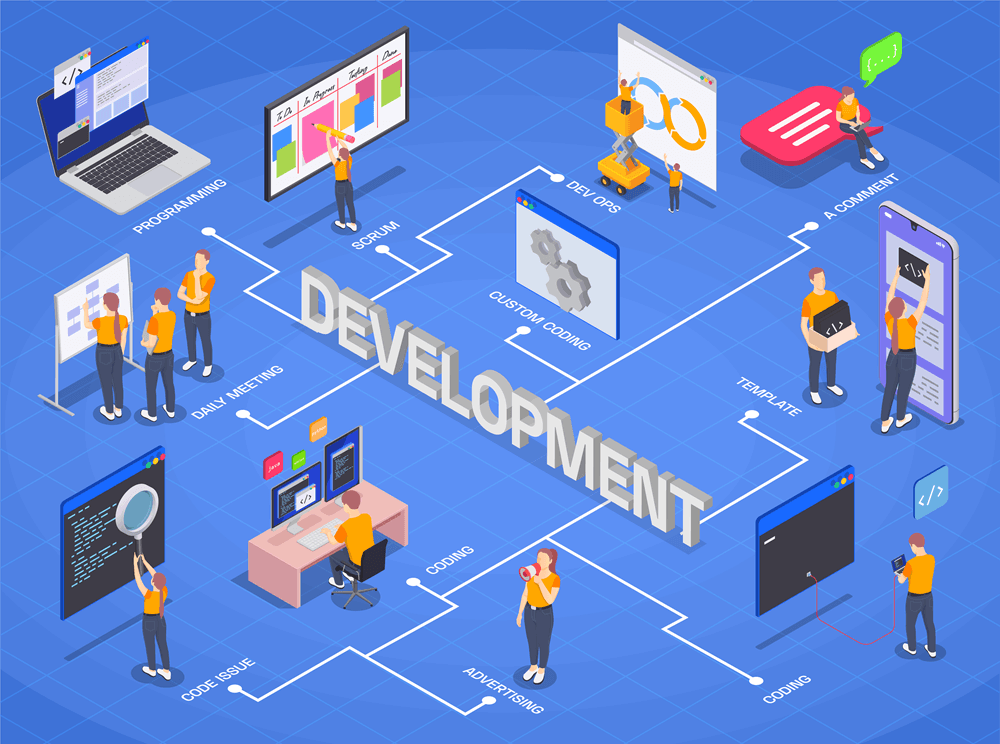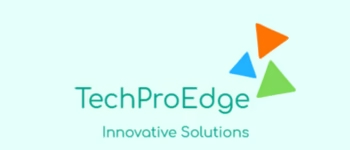Understanding the Secure Software Development Life Cycle (SSDLC) in 2025
Table of Contents
Introduction
- What is Secure Software Development Life Cycle?
The Secure Software Development Life Cycle (SSDLC) is a structured approach to integrating security into every phase of software development. Unlike traditional Software Development Life Cycle, Secure Software Development Life Cycle ensures that potential vulnerabilities are identified and addressed early in the development process, reducing risks in production. - Why is security crucial in software development today?
With increasing cyberattacks and data breaches, insecure software can cost organizations millions and damage their reputations. Secure Software Development Life Cycle emphasizes proactive security rather than reactive fixes, ensuring robust and reliable applications. - Comparison: SDLC vs. SSDLC
Traditional Software Development Life Cycle focuses on delivering functionality and meeting user requirements. Secure Software Development Life Cycle, on the other hand, extends these goals by embedding security practices like secure coding, threat modeling, and vulnerability scanning into the SDLC stages.
Understanding the Secure Software Development Life Cycle (SSDLC)
In today’s digital age, where software underpins nearly every aspect of our lives, security is no longer optional—it’s essential. From safeguarding sensitive user data to protecting businesses from costly breaches, incorporating security into the software development process is paramount. That is where the Secure Software Development Life Cycle (SSDLC) comes into play. Unlike traditional SDLC, which focuses on delivering functionality and meeting user requirements, SSDLC ensures that security is embedded at every stage of development. In this blog, we’ll dive into what SSDLC is, its stages, methodologies, and best practices for implementing it.
What is exactly the Secure Software Development Life Cycle (SSDLC)?
The Secure Software Development Life Cycle is a structured process that integrates security considerations into every phase of software development. From gathering requirements to deploying and maintaining the application, SSDLC ensures potential vulnerabilities are identified and mitigated early. This proactive approach reduces the risk of security breaches, saves costs on patching vulnerabilities post-deployment, and results in robust, reliable software.

SSDLC Methodologies
Several methodologies can guide the implementation of a Secure Software Development Life Cycle. These methodologies ensure that security practices are systematically incorporated into the development process. Here are the key methodologies:
- The Waterfall model introduces security checks and validations at each stage, from requirements gathering to maintenance. For example:
- During the design phase, conduct threat modeling.
- During the testing phase, include penetration testing and code analysis.
- Agile focuses on iterative development, and security must adapt to this fast-paced model. To integrate security:
- Use “security sprints” or add security tasks into existing sprints.
- Conduct regular vulnerability assessments after each sprint.
- Employ continuous integration tools that include automated security scans.
- DevSecOps integrates security into the DevOps pipeline, making security a shared responsibility among development, operations, and security teams. Key practices include:
- Automating security checks using tools like SAST and DAST during CI/CD.
- Embedding secure configuration practices in infrastructure automation (e.g., Terraform or Ansible).
- The Spiral model incorporates iterative development with risk analysis at each loop. Security in this methodology focuses on:
- Conducting risk assessments during each iteration.
- Incorporating feedback loops for continuous security improvement.
- Many organizations adopt a hybrid model combining elements from Agile, DevSecOps, and Waterfall, based on their project’s needs. For example:
- Using DevSecOps for automation while maintaining formal reviews from Waterfall.
Stages of the Secure Software Development Life Cycle

1. Requirement Phase
The journey toward secure software begins during the requirements phase. Security should be treated as a critical requirement alongside functionality, performance, and scalability.
Key Actions:
- Define Security Requirements: Identify and document security requirements tailored to the application’s purpose and target audience. For example, a financial application might require encryption for sensitive data and multi-factor authentication.
- Threat Analysis: Assess potential risks and vulnerabilities specific to the project.
Best Practices:
- Collaborate with stakeholders to align security expectations.
- Use tools like the OWASP Application Security Verification Standard (ASVS) to define application-level security goals.
- Maintain a Security Requirements Traceability Matrix (SRTM) to ensure security requirements are met throughout the process.
2. Design Phase
The design phase sets the blueprint for your application. By embedding security at this stage, you’ll address potential vulnerabilities before coding begins.
Key Actions:
- Threat Modeling: Analyze the application’s architecture to identify attack surfaces and potential vulnerabilities. There are tools like Microsoft Threat Modeling Tool or OWASP Threat Dragon can help.
- Secure Design Principles:
- Least Privilege: Ensure each component operates with minimal permissions.
- Defense in Depth: Layer multiple security measures, such as encryption, firewalls, and access controls.
- Fail-Safe Defaults: Configure systems to deny access unless explicitly allowed.
Best Practices:
- Incorporate secure libraries and frameworks to minimize vulnerability risks.
- Conduct a formal security design review with all stakeholders before finalizing the architecture.
3. Development Phase
This is where the application comes to life, making secure coding practices critical.
Key Actions:
- Follow Secure Coding Standards: Adhere to OWASP Secure Coding Practices or CERT guidelines to avoid common vulnerabilities like SQL injection or cross-site scripting (XSS).
- Conduct Code Reviews: Peer reviews and automated tools can catch vulnerabilities early.
- Integrate Security Scanning: Use Static Application Security Testing (SAST) tools like SonarQube or Checkmarx to scan source code for vulnerabilities.
Best Practices:
- Validate all inputs to prevent injection attacks.
- Sanitize user inputs and distrust all external data.
- Protect sensitive data by encrypting it at rest and in transit using standards like TLS.
- Store secrets, such as API keys or credentials, securely using tools like HashiCorp Vault.

4. Testing Phase
Security-specific tests during the testing phase ensure the application is resilient to attacks.
Key Actions:
- Static Testing (SAST): Analyze source code to detect vulnerabilities without executing the program.
- Dynamic Testing (DAST): Simulate attacks on the running application to uncover vulnerabilities.
- Penetration Testing: Ethical hackers test the system’s defenses to identify exploitable weaknesses.
Best Practices:
- Automate security testing in CI/CD pipelines to identify issues during development.
- Conduct fuzz testing by inputting unexpected or random data to check for application errors.
- Prioritize fixing high-risk vulnerabilities before deployment.
5. Deployment Phase
The deployment phase ensures that the application and its environment are secure before it goes live.
Key Actions:
- Harden the Environment: Disable unnecessary services, remove default credentials, and close unused ports.
- Secure Configuration: Use secure configurations for servers, databases, and cloud environments. Enforce HTTPS and apply secure headers like Content Security Policy (CSP).
- Verify Security Controls: Ensure monitoring and alert systems are active.
Best Practices:
- Implement a zero-trust model for deployment environments.
- Conduct a pre-deployment security review to validate all security measures.
- Use Infrastructure as Code (IaC) tools like Terraform with security configurations to automate secure deployments.
6. Maintenance Phase
Security doesn’t end with deployment. Ongoing monitoring and maintenance are critical to address new threats and vulnerabilities.
Key Actions:
- Continuous Monitoring: Use tools like Splunk or ELK Stack to monitor application logs for suspicious activities.
- Patch Management: Regularly update software libraries, dependencies, and operating systems to address known vulnerabilities.
- Incident Response: Have a clear plan for responding to security breaches. Identify the root cause, mitigate the breach, and implement measures to prevent recurrence.
Best Practices:
- Schedule regular security audits and vulnerability scans.
- Keep documentation of security incidents and resolutions.
Periodically review and update the threat model to account for changes in the application or infrastructure.
Why SSDLC is Important
- Proactive Risk Mitigation: Addressing vulnerabilities during development reduces the likelihood of breaches in production.
- Cost Savings: Fixing security issues during development is far cheaper than post-deployment fixes.
- Regulatory Compliance: SSDLC helps organizations comply with data protection regulations like GDPR, HIPAA, and PCI-DSS.
Best Practices for Implementing SSDLC
- Developer Training: Educate developers on secure coding practices and emerging security threats.
- Automation Tools: Leverage tools for security testing and vulnerability scanning throughout the development process.
- Collaboration: Foster a DevSecOps culture where security is everyone’s responsibility.


Conclusion
Ready to integrate security into your development process? Start with SSDLC and build software that stands the test of time.
Web Development Insights
Content Writing Insights
Looking for a skilled Web Developer, Content Writer and Software Developer? Hire me on Upwork for professional web development, content writing and software development.
